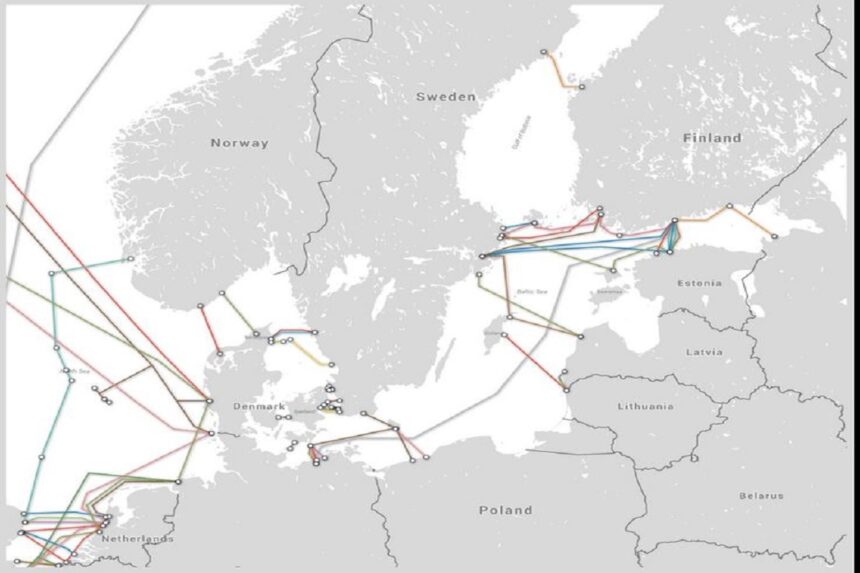Recent investigations into the damage to subsea cables in the Baltic Sea have concluded that the incidents were likely caused by maritime accidents rather than acts of sabotage. According to US and European intelligence officials, evidence—including intercepted communications—indicates that the cables were damaged when anchors were accidentally dragged across the seabed. The mishaps are attributed to inexperienced crews operating poorly maintained vessels.
Contradictory Claims and Ongoing Investigations
One European official has suggested the presence of counter-evidence that could point to alternative explanations. However, US and European authorities have not elaborated on these claims or disclosed details about the specific officials involved in the investigation. All sources have spoken anonymously, leaving key aspects of the investigations unclear.
Timeline of Incidents
- Estlink 2 Cable Cut: At the end of 2024, the Estlink 2 subsea cable between Finland and Estonia was severed.
- Additional Internet Cables Affected: Around the same period, three other internet cables connecting Finland and Estonia were also damaged.
- Germany-Finland Cable Cut: A fourth fiber optic cable connecting Finland to Germany was also reported cut.
Initial Suspicions of Sabotage
Russia was initially suspected of orchestrating the cable cuts. Finnish authorities seized the Russian oil tanker Eagle S in December 2024 under suspicion of involvement in the incidents. Additionally, international investigators speculated in November that the crew of a Chinese ship might have deliberately dragged an anchor to sever two subsea cables in the region.
NATO’s Response to Subsea Threats
The series of cable damages prompted NATO to launch a new military program earlier this month. This initiative is aimed at bolstering the protection of subsea infrastructure in the Baltic Sea and ensuring the security of critical connections.
FAQ
What are the primary causes of subsea cable damage?
Subsea cable damage is often caused by maritime accidents, such as fishing activities, anchor dragging, and natural disasters. Deliberate sabotage, while less common, is another potential risk.
How is NATO addressing subsea infrastructure vulnerabilities?
NATO has launched a military program to strengthen the protection of critical subsea infrastructure, particularly in regions like the Baltic Sea that have seen recent incidents.
Why were Russia and China initially suspected of involvement?
Given the geopolitical tensions in the region, authorities initially speculated that Russian or Chinese vessels might have deliberately targeted the cables. Evidence, however, now suggests maritime accidents as the primary cause.
What is the significance of the Estlink 2 cable?
The Estlink 2 cable is a critical connection between Finland and Estonia, playing a significant role in energy transmission and internet connectivity between the two countries.
How do investigators determine the cause of cable damage?
Investigators analyze factors such as vessel activity in the area, intercepted communications, and physical evidence like anchor marks on the seabed to determine the cause of cable damage.



















